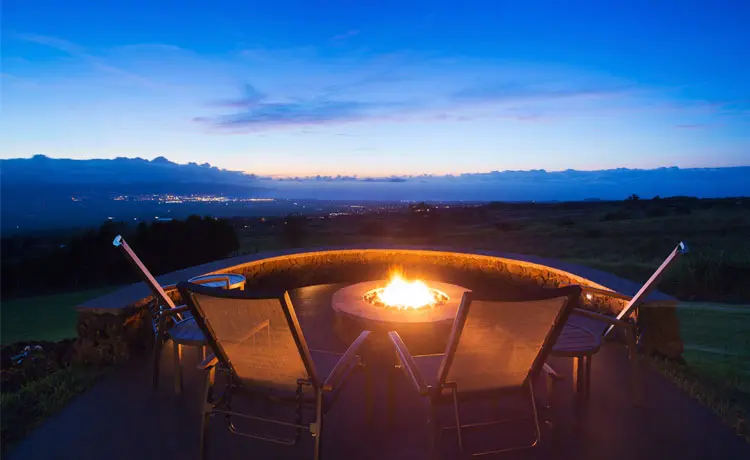From fireworks to fire pits, a backyard is a great place for family and friends to get together for outdoor summer fun. Now is the time to remind your community that home fire safety doesn’t stop at the front door. There are many potential backyard fire risks right outside of the home.
Leave the Lighting to the Professionals
Fireworks are dangerous to people and pets. Using them puts your property at risk. On average, 250 people go to the emergency room every day with fireworks-related injuries in the month around the Fourth of July, according to the U.S. Consumer Product Safety Commission (CPSC). The best way to stay safe from fireworks is not to use them. Instead, attend a public fireworks display. If you allow your kids to use sparklers, make sure to monitor them. Sparklers burn at about 2,000ºF – that's hot enough to melt some metals – and about half of sparkler-related injuries happen to children under age 14. Be sure to know what is legal in your state, too. A few states only allow sparklers, while some have bans on all consumer fireworks.QuickTip: Use battery-operated flameless candles and solar-powered patio torches in place of an open flame to help reduce the risk of a backyard fire. Flameless candles look and feel like the real ones and add a beautiful glow to any outdoor event.
Avoid a Backyard Blaze with Five Fire Pit Precautions
Toasting marshmallows and telling stories around the fire is a sure way to create summertime memories with your family. Help prevent burn injuries and a backyard fire with these five tips:- Use a metal screen over wood-burning fires to keep sparks from floating out.
- Never leave the pit unattended.
- Never use flammable liquids to start a fire.
- Closely watch children when the fire pit is in use. Store matches and lighters out of children’s sight and reach.
- Turn off or put out fires before you leave the backyard.
QuickTip: Keep a 3-foot “safe zone” around grills, fire pits and campfires. Make sure patio torches are secure and not in the path of people or pets.When burning wood, be neighborly and consider wind direction. In addition, to reduce particle pollution:
- Burn only seasoned, dry wood, which burns hotter and cleaner.
- Never burn wood during air quality alert days, when air pollution is already higher.
- Take extra care if you live in a region where brush fires are of concern.
